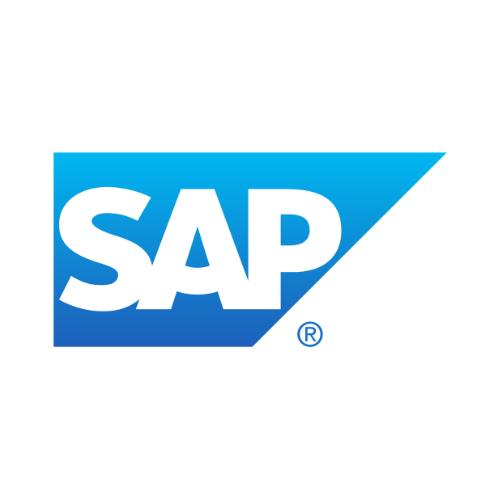June 9, 2023
Blog
Fun facts about barcodes
Josh Thorp
Global Sales Development Manager
Share
In the realm of supply chain software, certain technologies emerge as unsung heroes, quietly revolutionizing operations, enhancing efficiency, and keeping the public safe. One such technology that has become an indispensable asset is the humble barcode. Often overlooked and taken for granted, barcodes have a rich history and play a pivotal role in modern supply chain management and inventory tracking.
A brief history of barcodes
The story of barcodes begins with Norman Joseph Woodland who, inspired by Morse code, drew the first ever barcode in the sand on a Florida beach. He was trying to solve a problem posed by a supermarket executive to his employer, the Drexel Institute. Alongside his peer Bernard Silver, Woodland patented the idea in 1952, but it would be June of 1974 before the first ever barcode was scanned at a Marsh’s supermarket in Troy, Ohio. The item was a ten-pack of Wrigley’s Juicy Fruit chewing gum. It was another decade before most leading retailers had barcode technology in place.
The 1990s brought important developments, including the rise of powerful enterprise applications to automate business processes, new capabilities to design and print labels, and the advent of internet‐enabled business functions. It was only a matter of time before these advances started converging across the supply chain to power vast new possibilities. Today, barcodes are a critical foundation for supply chain agility, enabling businesses of all sizes to streamline operations, enhance inventory accuracy, and improve overall efficiency.
Fun facts about barcodes
Now that we've explored the significant role they play, let's uncover some intriguing facts about barcodes:
-
Not only was the first commercial product with a barcode scanned at Marsh’s supermarket in Troy, Ohio, but the first UPC scanner was installed there as well.
-
GS1 barcodes are now scanned more than ten billion times each day and, whether in a store, warehouse, hospital, or construction site, are helping more than two million organizations worldwide to uniquely identify, describe and track anything, creating greater trust in data for everyone.
-
Barcodes are scanned with a 99% success rate.
-
In Seattle, QR codes are inscribed on graves which contain a link to detailed information about the deceased person.
-
We could soon be eating barcodes! TruTag Technologies has created tiny edible barcodes, called TruTags, that are made from nano-porous silica, a material that has received GRAS (generally recognized as safe) notice from the U.S Food and Drug Administration, and can be placed directly on products or in packaging to track it through the supply and logistics chain.
-
Barcodes have even made their way beyond Earth's atmosphere. NASA used barcodes on various equipment and supplies aboard space shuttles to aid in inventory management during space missions.
These fun facts highlight the diverse and unexpected ways in which barcodes have permeated various aspects of our lives, proving that they are more than just utilitarian symbols of product identification.
Barcode your products the right way
Want to learn more about barcodes, how to comply with GS1 standards, and how to your own barcodes that successfully scan every time? Download the create ‘GS1 handbook - How to barcode your products’ for free today
